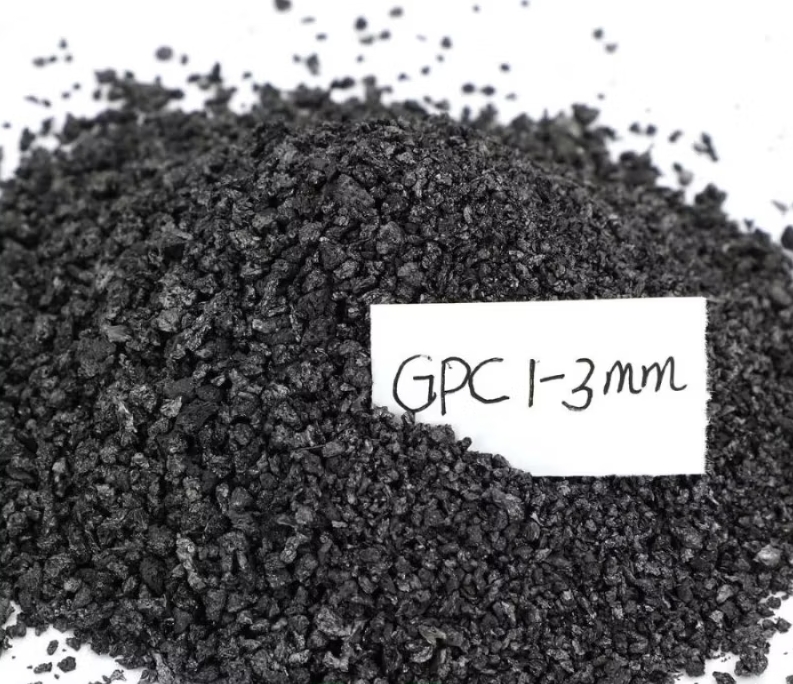
Graphite Petroleum Coke (GPC) is used for steel production and smelting. It is a rich source of carbon and ash but low amounts of sulfur. GPC is an important source for many industries such as aluminum, graphite and steel. It is also an important raw material for a range of carbon products, like graphite electrodes and anode arc. It is also utilized for recarburization, alloy melting and cast steel.
In the process of making coke the crude oil is cleansed from a variety of impurities through the coking process. Depending on the quality of the crude oil and coking conditions, the resulting coke can be divided into three types: 1)) Needle coke, 2) Sponge coke, and 3) Shot coke.
Needle coke, which is a fine-grained high-purity version of petroleum coke, has a needle-like texture that provides excellent friction and wear properties. It is frequently used to make high-power and ultra-high-power graphite electrodes for electric arc furnaces. Needle coke has a lower amount of ash than the standard petroleum coke calcined, which makes it more effective for applications that have strict requirements for smelting.

Sponge coke can also be described as decaffeinated coffee grounds. It has a soft texture, which makes it ideal for the process of recarburizing. This type of petroleum coke is commonly employed in recarburizing processes which can improve the composition and properties of steel, such as its strength and ductility. Sponge coke can also be used to replace natural gas in blast furnaces, which reduces emissions and energy costs.
Lastly, Shot coke is a hard, dense type of petroleum coke, with an spherical form and 0.6-30 millimeter diameter. It has low chemical reactivity and impurity content, making it ideal for industrial fuels. It can also be used as a cathode material for aluminum melting.
One of the specialized types of petroleum coke is the expandable graphite which can expand greatly when subjected to heat. This unique feature confers it with insulating and fire-retardant properties, making it an ideal material for gaskets and coatings.
FE-SEM pictures of CK-1d show graphene-like sheet structures. These crystalline structures possess a hexagonally packed lattice, similar to the graphite-derived EEG found in Supplementary Figures. 6 and 7. Additionally, HR-TEM pictures of CK-1d reveal that the dimensions of the lateral sides of these graphene sheets match with their hexagonal cellular lattice, confirming that sp2 EEG is produced during exfoliation. This is in support of the idea of the ECE process being able to create high-quality sp2 sp2 graphene using less crystallized precursors. This is especially significant, given the difficulty in generating the sp2 EEG using conventional methods of less crystallized petroleum ethane. These results suggest that the ECE process is an ideal method to create a value-added, high-performance carbon material. This is a significant advancement for the industry, as it will allow to divert high-emission petroleum coke streams away from coal slurry and delayed-coking. This would reduce the need to dispose of these waste streams, or send them back to be re-smelted. Both of these are environmental concerns.

Write a Message